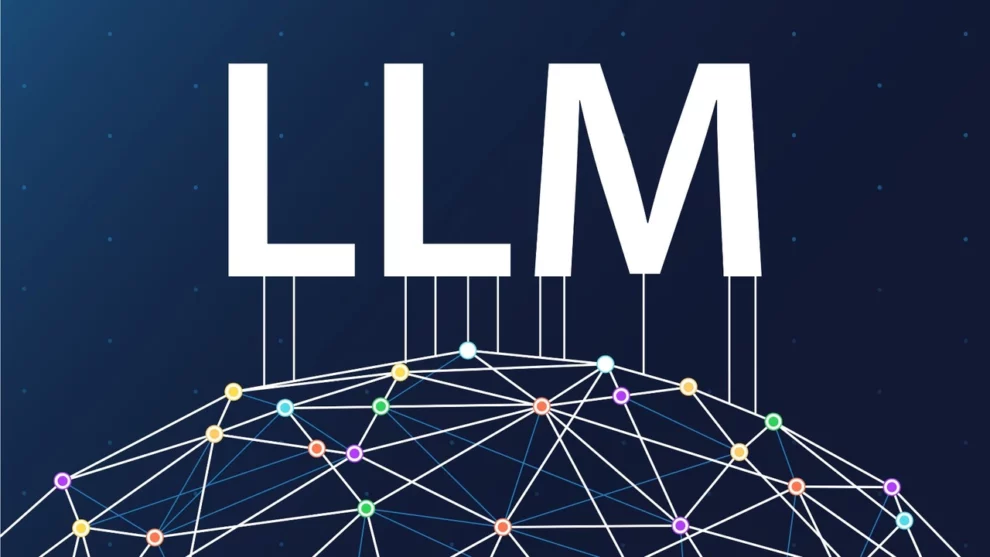Large language models (LLMs) have become indispensable tools for programmers, offering unprecedented speed and efficiency in generating computer code. However, ensuring that this code adheres to the rules of the programming language and remains error-free has always been a challenge. A new technique developed by researchers at MIT and elsewhere is changing the game by automatically guiding LLMs toward outputs that not only follow the rules of the relevant language but also align with the intended meaning. This breakthrough promises to make programmers’ lives easier while maintaining computational efficiency.
A Game-Changing Approach
The researchers’ approach addresses a critical issue in AI-generated code: ensuring both structural validity and semantic accuracy. Traditionally, programmers have relied on methods that either distort the model’s intended meaning or are too time-consuming to be practical for complex tasks. The MIT-developed framework, however, automatically steers LLMs toward the most promising outputs, dynamically allocating resources to different threads of parallel computation based on their likelihood of success.
This probabilistic approach ensures that the LLM focuses its efforts on outputs that are most likely to be valid and accurate, discarding unpromising options early in the process. The result? Computational efficiency that allows small LLMs to outperform much larger models in generating proper, error-free outputs for real-world use cases, including molecular biology and robotics.
Enforcing Structure and Meaning
João Loula, an MIT graduate student and co-lead author of the paper, explains the complexity of enforcing both structure and meaning in AI-generated text. “It is much easier to enforce structure than meaning. We can quickly check whether something is in the right programming language, but to check its meaning you have to execute the code.” This dichotomy highlights the dual challenges faced by developers when working with LLMs.
The researchers’ method bridges this gap by engineering knowledge into the LLM, combining it with the model’s innate capabilities. This hybrid approach ensures that the LLM adheres to the structural constraints specified by the user while maintaining the intended meaning. The technique, known as sequential Monte Carlo, enables parallel generation from the LLM to compete with each other, with the model focusing on those threads that appear most promising.
The Role of Expertise
Vikash Mansinghka, a principal research scientist at MIT and leader of the Probabilistic Computing Project, emphasizes the unique nature of this approach. “We are not trying to train an LLM to do this. Instead, we are engineering some knowledge that an expert would have and combining it with the LLM’s knowledge, which offers a very different approach to scaling than you see in deep learning.” This method leverages the expertise of humans while harnessing the power of AI, creating a symbiotic relationship that enhances both efficiency and accuracy.
The user specifies their desired structure and meaning, along with the criteria for checking the output. The architecture then guides the LLM to generate text that meets these specifications. This dynamic process ensures that the LLM remains focused on the overall goal while making informed choices at each step.
Real-World Applications
The researchers’ framework has already demonstrated impressive results in real-world scenarios. In Python code generation, a small, open-source model outperformed a specialized, commercial closed-source model that is more than double its size. João Loula expressed excitement about this achievement, saying, “We are very excited that we can allow these small models to punch way above their weight.”
This success extends beyond code generation. The approach could empower nonexperts to control AI-generated content, allowing businesspeople to write complex queries in SQL—a language for database manipulation—using only natural language prompts. Furthermore, the method could enhance programming assistants, AI-powered data analysis, and scientific discovery tools, ensuring that AI-generated outputs remain both useful and correct.
Broader Implications
In the long run, this new architecture could have profound implications for non-technical users. By combining it with systems for automated data modeling and querying generative models of databases, the approach could democratize access to advanced AI tools. This could enable machine-assisted data analysis systems where users can converse with software that accurately models the meaning of the data and the questions asked by the user.
Timothy J. O’Donnell, an associate professor at McGill University and a Canada CIFAR AI Chair at Mila, adds, “One of the fundamental questions of linguistics is how the meaning of words, phrases, and sentences can be grounded in models of the world, accounting for uncertainty and vagueness in meaning and reference. LLMs, predicting likely token sequences, don’t address this problem. Our paper shows that, in narrow symbolic domains, it is technically possible to map from words to distributions on grounded meanings. It’s a small step towards deeper questions in cognitive science, linguistics, and artificial intelligence needed to understand how machines can communicate about the world like we do.”
Funding and Support
This innovative research is supported by the Canada CIFAR AI Chairs Program, the MIT Quest for Intelligence, and Convergent Research. These partnerships underscore the importance of interdisciplinary collaboration in advancing AI technologies.
MIT’s new technique for guiding LLMs toward structured, error-free outputs represents a significant leap forward in AI development. By balancing structure and meaning, this approach ensures that AI-generated code not only runs smoothly but also aligns with the programmer’s intent. Its ability to boost small models while maintaining efficiency opens new possibilities for AI-driven tools, making them more accessible and user-friendly.
As this research progresses, its applications could extend far beyond programming, impacting fields like molecular biology, robotics, and data analysis. The future of AI looks brighter than ever, thanks to these groundbreaking innovations.
















Add Comment